The 4 Ps That Built a Streaming Giant: Spotify’s Story
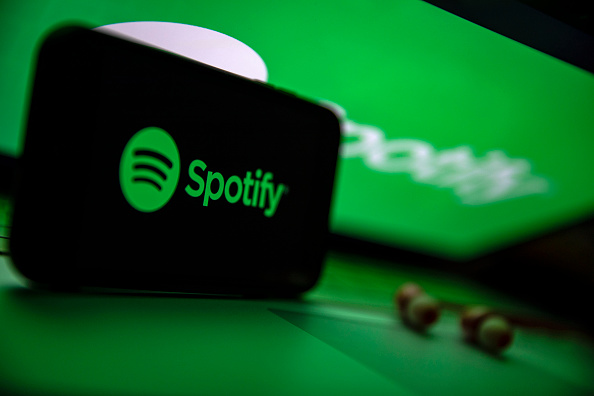
In 2006, music streaming was dominated by illegal downloads and fragmented digital stores. Then came Spotify, a Swedish startup that would transform how the world consumes music. Today, with over 500 plus million active users and 40% of the global music streaming market, Spotify stands as a masterclass in executing the 4 Ps of Marketing.
Whether you’re a seasoned marketing professional, an ambitious entrepreneur, or a small business owner looking to scale, Spotify’s strategic use of the marketing mix offers invaluable lessons. Let’s dive into how they mastered Product, Price, Place, and Promotion to build an empire – and how you can apply these same principles to your business.
What Are the 4 Ps of Marketing?
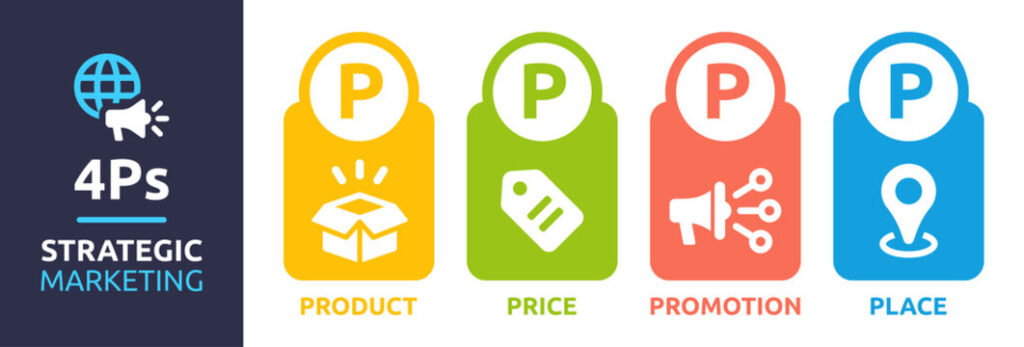
The 4 Ps of marketing, also known as the marketing mix, are the four fundamental elements that form the foundation of any successful marketing strategy:
- Product : What you’re selling (goods, services, or experiences)
- Price : How much customers pay for your offering
- Place : Where and how will your products reach customers
- Promotion : How will you market your product’s value to customers
These four pillars work together to create a cohesive marketing strategy that drives business success.
How Does Spotify Use the 4 Ps of Marketing to Dominate Streaming?
The beauty of Spotify’s approach lies not in revolutionary marketing tactics, but in their flawless execution of these marketing fundamentals. They’ve turned the traditional 4 Ps of marketing into a science, creating a blueprint that businesses worldwide study and attempt to replicate.
Product Excellence: Personalization That Creates Addiction
This is how Spotify masters the first P of the marketing mix. Spotify doesn’t just offer music streaming – they curate personalized experiences that feel magical. Take Discover Weekly: it wasn’t the first recommendation feature, but it redefined what music discovery could be.
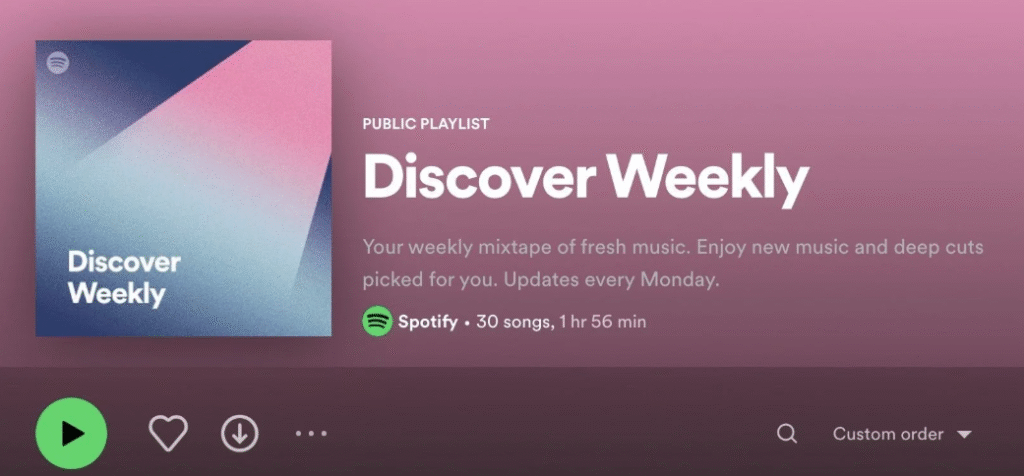
Here’s how they master the “Product” element of the 4 Ps of marketing:
- Algorithm-driven personalization: While competitors offered catalogs, Spotify focused on individual taste profiles
- Multi-format content: Music, podcasts, audiobooks, and exclusive content create a comprehensive entertainment ecosystem
- Social integration: Features like collaborative playlists and music sharing make listening a social experience
Your takeaway: When learning how to use the 4 Ps of marketing, remember that your product must solve problems customers didn’t even know they had. Spotify’s success proves that personalization beats selection in the marketing mix.
Strategic Pricing: The Freemium Revolution
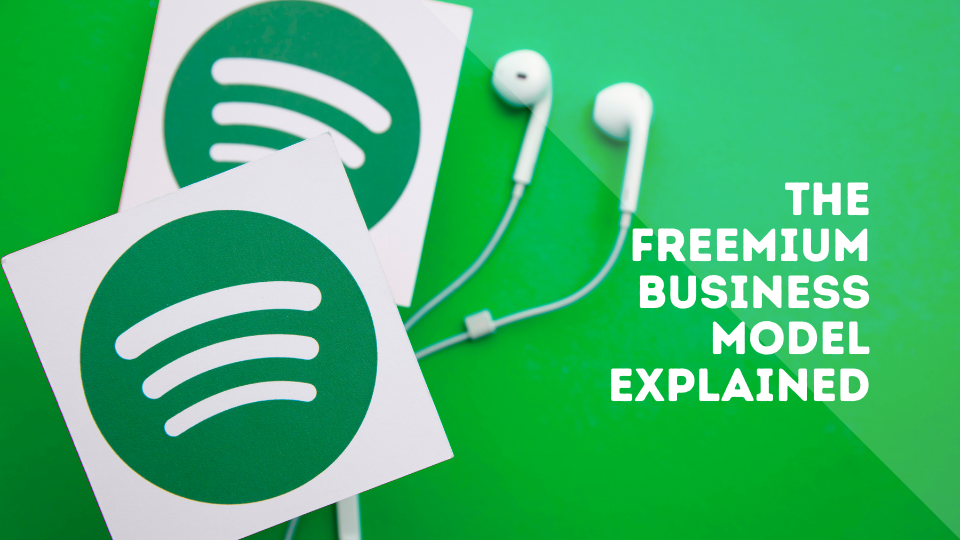
The second element of the 4 Ps of marketing – Pricing – is where Spotify revolutionized an industry. While competitors focused on single pricing models, Spotify created a customer-centric strategy with multiple tiers.
The psychology behind Spotify’s pricing in the marketing mix:
- Freemium model: Free tier removes barriers while creating upgrade desire
- Value-based pricing: Premium features justify the monthly subscription
- Psychological anchoring: Family and student plans make individual subscriptions feel reasonable
Spotify trained an entire generation to pay for music after years of free downloads. This approach to the 4 Ps of marketing converted pirates into paying customers through strategic value demonstration.
For your business: How can you use freemium strategies in your marketing mix? What unique benefits justify your premium pricing?
Strategic Placement: Omnipresent Accessibility
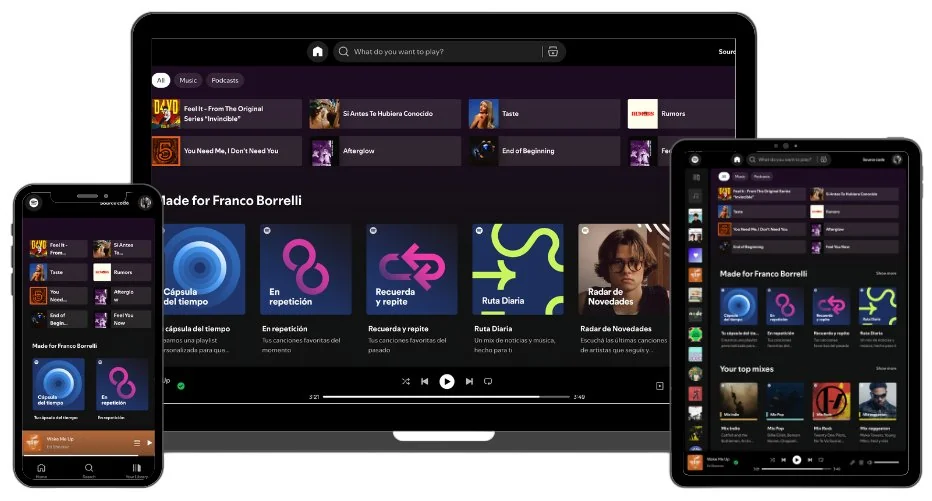
Spotify’s “Place” strategy within the 4 Ps of marketing made music truly portable. Remember when listening to music meant carrying CDs or syncing devices? Spotify’s customer-centric strategy changed everything.
Their multi-platform mastery in the marketing mix:
- Device ubiquity: Available on smartphones, computers, smart speakers, cars, and gaming consoles
- Offline accessibility: Downloaded playlists work anywhere, removing connectivity barriers
- Cross-platform sync: Seamless experience across all devices maintains user engagement
- API partnerships: Integration with fitness apps, social platforms, and smart home systems
Notice how Spotify makes music accessible everywhere? Every touchpoint in their marketing mix reinforces convenience and continuity.
Where do your customers want to access your product? Does your distribution strategy support their lifestyle?
Promotion Mastery: Data-Driven Viral Marketing
The fourth element of the 4 Ps of marketing – Promotion – showcases Spotify’s genius in turning user data into marketing gold. Their promotional strategy within the marketing mix focuses on personalized storytelling that users actually want to share.
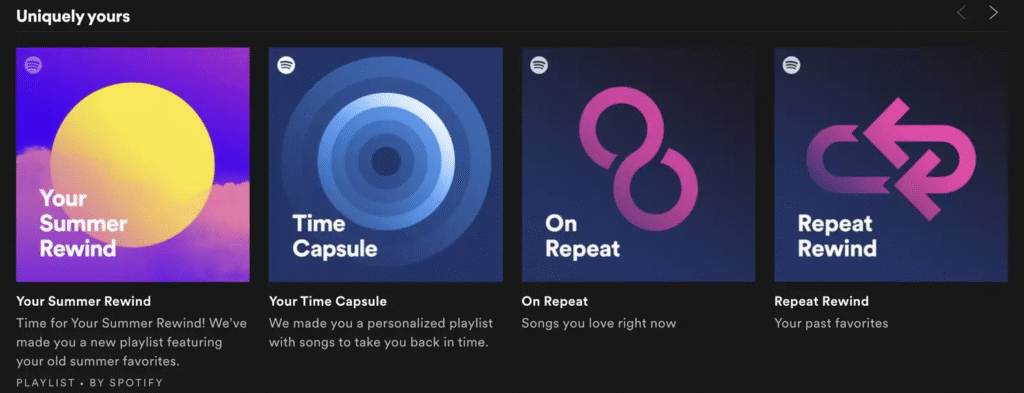
What makes Spotify’s promotion different in the marketing mix:
- Spotify Wrapped: Annual personalized summaries that users eagerly share across social media
- Playlist marketing: Curated playlists for every mood, season, and moment become discovery tools
- Podcast exclusives: High-profile content creates buzz and drives subscriptions
- User-generated content: Features like Blend playlists turn users into brand ambassadors
Remember how Spotify Wrapped took over social media every December? It wasn’t traditional advertising – it was personal data transformed into shareable stories. This demonstrates the power of properly implementing brand promotion in the digital age.
Beyond the Traditional Marketing Mix: Modern Frameworks
While the 4 Ps of marketing remain the foundation, Spotify’s success also demonstrates evolved frameworks that enhance their customer-centric strategy.
The 4 C's: Customer-Focused Marketing Mix
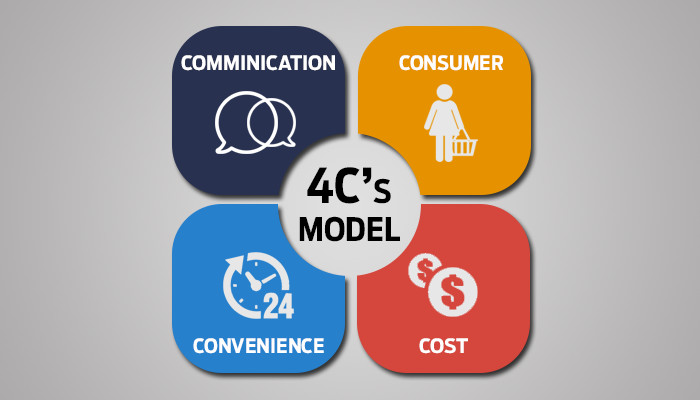
The customer-centric evolution of how to use the 4 Ps of marketing:
- Customer Value – personalized music discovery vs. generic catalogues
- Cost to Customer – time and effort saved through curation
- Convenience – access anywhere, anytime, on any device
- Communication – two-way data exchange for better recommendations)
Spotify excels in this customer-centric strategy. They don’t just provide music access; they solve music discovery, mood management, and social connection needs in one intelligent platform.
The 5 A's of Marketing: Digital Age Framework
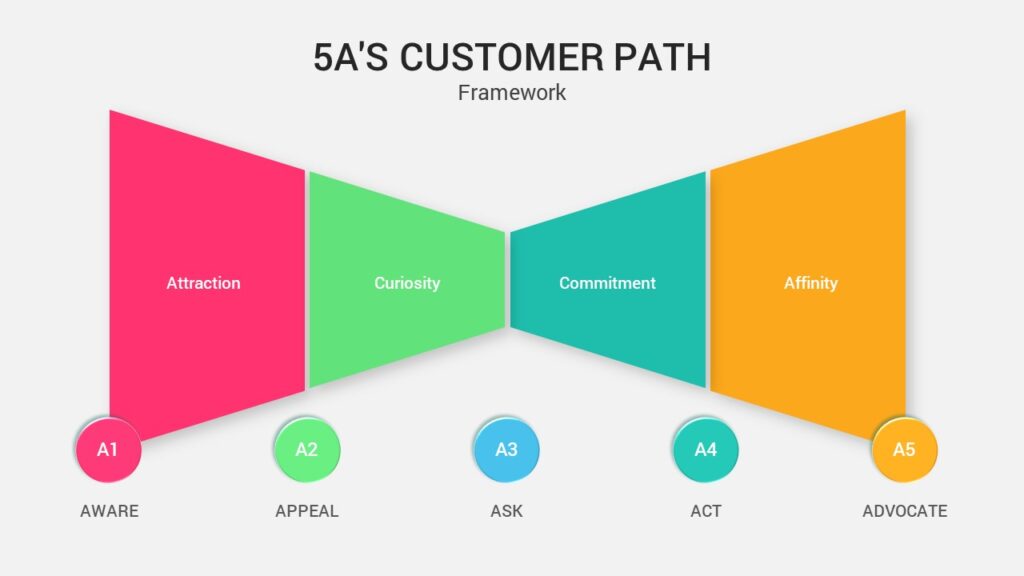
The 5 A’s of marketing represent a modern, customer-journey focused approach that complements the traditional marketing mix by emphasizing the customer experience at every touchpoint:
- Aware: Getting discovered through playlist placements and social sharing
- Appeal: Creating desire through personalized recommendations and exclusive content
- Ask: Making subscription conversion frictionless with free trials and easy upgrades
- Act: Completing the purchase or subscription seamlessly
- Advocate: Encouraging loyalty and word-of-mouth through shareable features like Spotify Wrapped
The 5 A’s of marketing shift focus from what companies do (the traditional 4 Ps of marketing) to how customers experience and interact with brands throughout their entire journey. Spotify’s platform exemplifies this customer-centric approach by excelling at each stage of the customer experience.
How to Use the 4 Ps of Marketing in Your Business
Ready to build your winning marketing mix strategy? Here’s your action plan.
Start with this assessment:
- Product: Does your offering create genuine value?
- Price: Are you competing on price or value?
- Place: Where do customers prefer to buy from you?
- Promotion: Does your messaging connect emotionally?
Remember: Small businesses can create premium experiences, build emotional connections, and command higher prices by mastering the marketing mix fundamentals.
Transform Your Marketing Mix Today
Spotify’s journey from startup to streaming giant wasn’t luck – it was strategic mastery of the 4 Ps of Marketing combined with a customer-centric strategy.
Take action today: Let’s start by auditing your current approach to the 4 Ps of marketing. We will find which element of your marketing mix needs the most attention and create a customer-centric strategy for your business.
Why Pinterest is Better Than Instagram for Business 2025
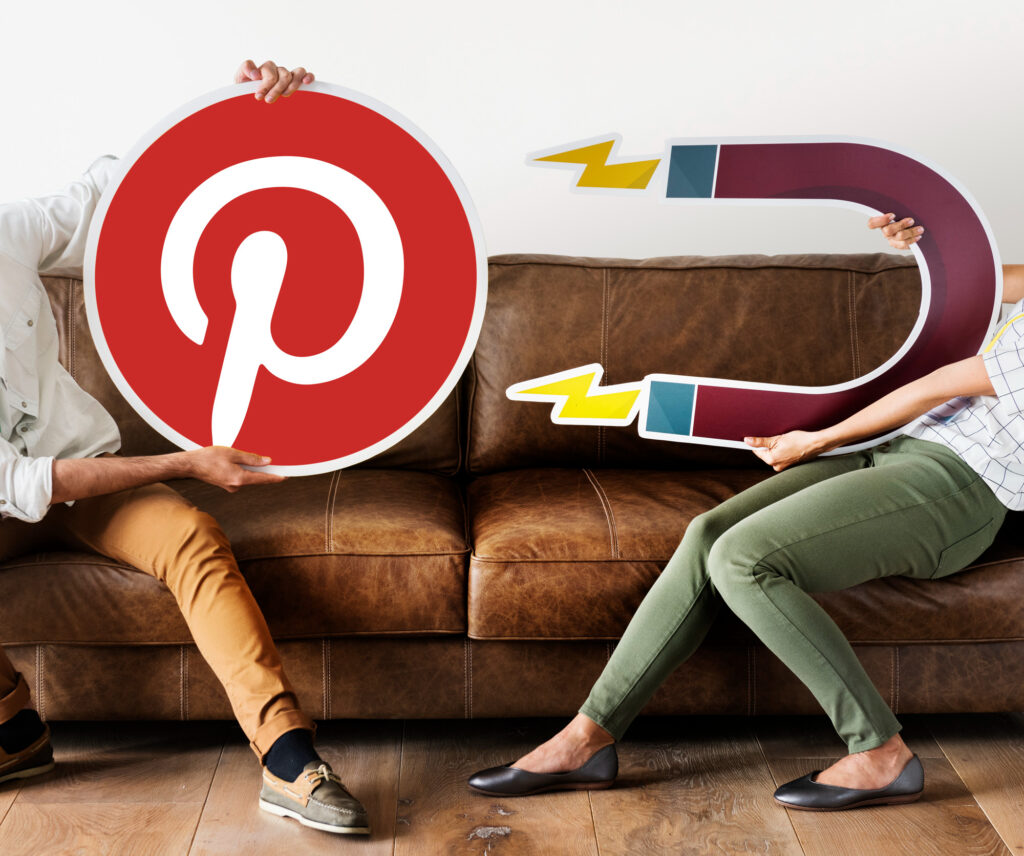
Why Pinterest is the New Instagram for Marketing in 2025?
Hey, Are You Tired of Fighting Instagram’s Algorithm?
Let me guess – you’ve been pouring your heart into Instagram. You wake up early to post at the “perfect” time, you spend hours crafting the perfect caption, and you even jumped on that reels hype which was completely outside your comfort zone.
Here’s the thing that’s probably keeping you up at night:
- Your engagement is dropping faster than you can say “algorithm update”
- Your reach feels microscopic despite having thousands of followers
- Converting those double-taps into actual dollars? Nearly impossible
- You’re exhausted from constantly creating content that disappears in 24 hours
I hear you. And honestly? You’re not going crazy. Instagram’s vibe has changed. What once felt like a creative playground now feels like a high-pressure hamster wheel.
Here’s what’s really happening: while you’ve been chasing likes and trying to crack Instagram’s ever-changing algorithm, another platform is quietly rising. A platform that offers fresh discovery, evergreen content, and algorithm-free breathing space.
That platform? Pinterest. And before you roll your eyes and think “Pinterest is just for mood boards, recipes and wedding planning,” I need you to stick with me here. Because what I’m about to show you might just transform how you think about visual marketing forever.
The Instagram Dilemma: Why It’s Not Working Like It Used To
Remember when Instagram felt easy? When you could post a decent photo and actually reach your followers? Those days feel like a lifetime ago, don’t they?
Here’s the brutal truth: Instagram doesn’t really want to send people to your website anymore. Think about it – every time someone clicks your link and leaves Instagram, that’s less time they’re spending on the platform, less ad revenue for Meta. So, the algorithm naturally favours content that keeps people scrolling within the app.
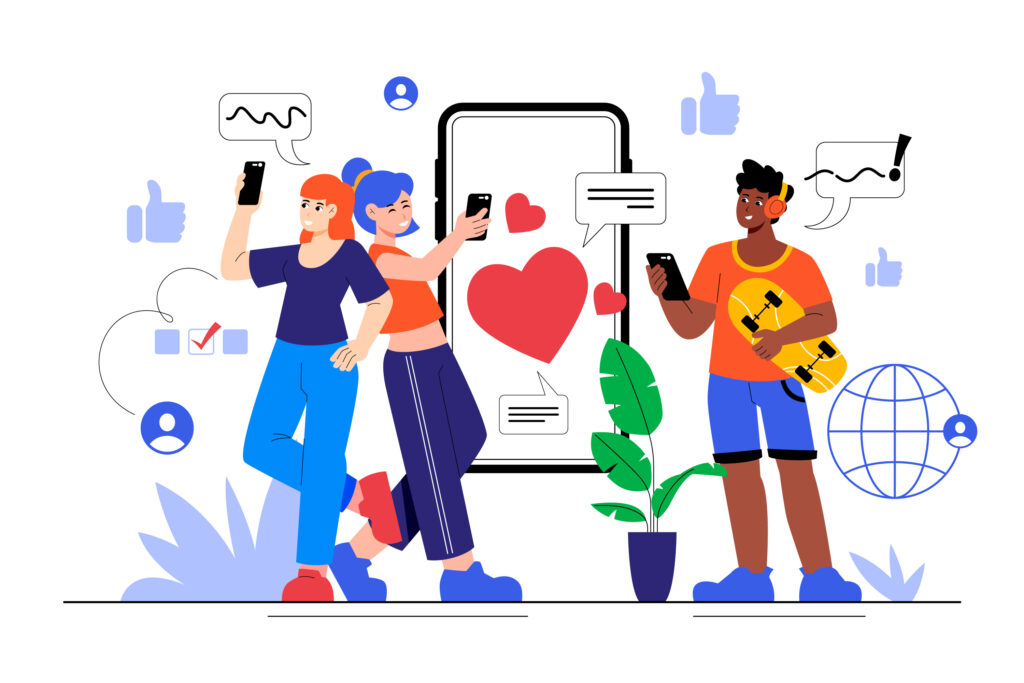
The Instagram Reality Check:
- Organic reach has plummeted from 10-15% to often below 3%
- Posts with external links get buried by the algorithm
- Users are in “entertainment mode,” not “shopping mode”
- Content lifespan is 24 hours max before it disappears
- Competition is fierce with millions of posts uploaded daily
You’ve probably noticed this shift yourself:
- Your posts that used to get hundreds of likes now struggle to break fifty
- Your Stories views have dropped
- Getting people to click that link in your bio feels impossible
- You’re creating more content but seeing fewer results
Instagram has become primarily an entertainment platform. People aren’t opening Instagram to find a solution. They are opening it to kill time, watch funny videos, and zone out. That’s not exactly the mindset you want when you’re trying to run a business, is it?
I am not saying Instagram has lost its spark. But what if there was a platform where users arrived with the intent to plan, research, and buy?
Pinterest for Businesses: The Platform Where Users Are Ready to Take Action
Let me paint you a picture. When someone opens Instagram, they’re usually lying on their couch, mindlessly scrolling to pass time. But when someone opens Pinterest? They’re researching solutions to problems they actually need to solve. They’re creating boards for things they genuinely want to buy.
See the difference? Pinterest users aren’t just browsing – they’re planning. They’re in what I like to call “project mode.” And when someone’s in project mode, they’re ready to spend money. This shift in mindset is crucial for businesses looking to drive sales rather than just collect likes.
- 83% of weekly Pinterest users have made a purchase based on content from brands on Pinterest
- Pinterest users spend twice as much per month online compared to users of other platforms
- They’re searching with intent—using keywords to find exactly what they need
- They plan ahead and revisit their boards when ready to buy
What Your Customers Are Pinning Right Now

- Home & Lifestyle: “Dream Kitchen,” “Home Office Setup,” “Small Space Solutions”
- Business & Career: “Marketing Ideas,” “Business Growth Tips,” “Entrepreneur Inspiration”
- Fashion & Beauty: “Professional Wardrobe,” “Beauty Routines,” “Style Inspiration”
- Health & Fitness: “Home Gym Ideas,” “Healthy Meal Prep,” “Workout Plans”
- DIY & Crafts: “Home Decor,” “Gift Ideas,” “Scented Candles”
Your customers are on Pinterest right now, creating these boards and actively researching purchases. And here’s the kicker: they’re searching for these things using actual keywords, just like they would on Google.
Your customers are already on Pinterest, actively searching for solutions and products like yours. Unlike Instagram, where your content fades quickly, a well-optimized pin can drive traffic to your website for years.
Pinterest for Businesses: Designed for Conversions
Pinterest is not just another social network; it’s a visual search engine. The platform rewards content that drives users to take action—specifically, to visit your website, sign up for your email list, or make a purchase. Unlike Instagram, which measures success by how long users stay on the app, Pinterest measures success by how many users find what they’re looking for and take action.
Pinterest’s Business-First Features
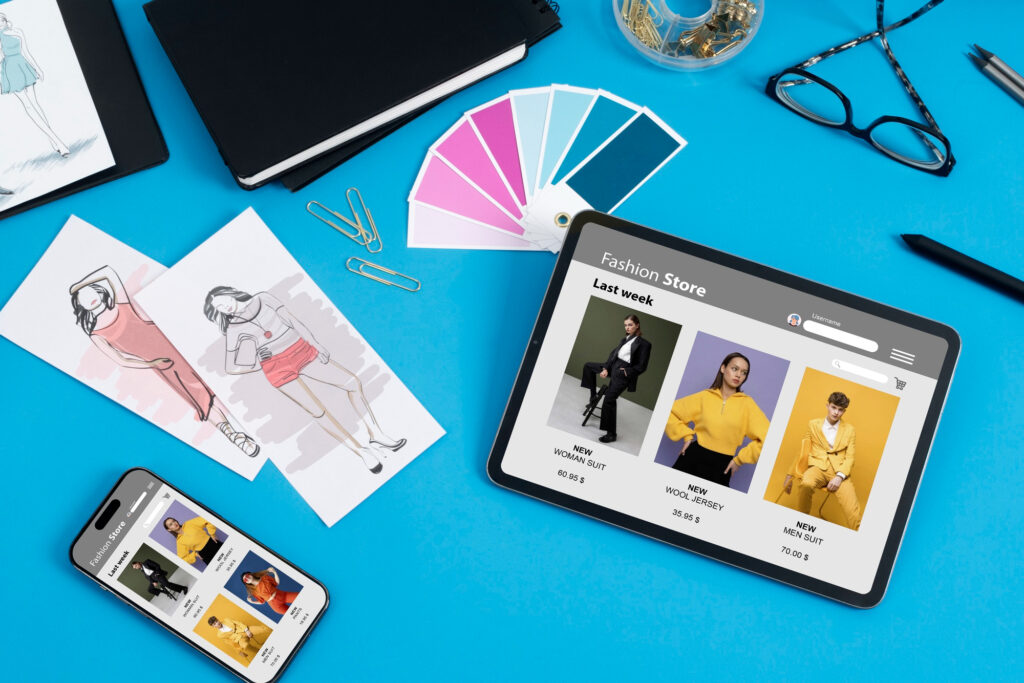
- Rich Pins: Automatically update product prices, availability, and article headlines directly from your website, making your pins more informative and clickable.
- Shopping Features: Integrate product catalogues, run shopping ads, and use “Shop the Look” features to make it easy for users to buy directly from your pins.
- Analytics: Track website traffic, top-performing keywords, audience interests, and conversions from pin to purchase.
Pinterest’s shopping features are designed to get people off the platform and onto your website. When you succeed, Pinterest succeeds. This alignment of interests is rare among social platforms.
The Power of Pinterest Marketing: Evergreen Content and Sustainable Growth
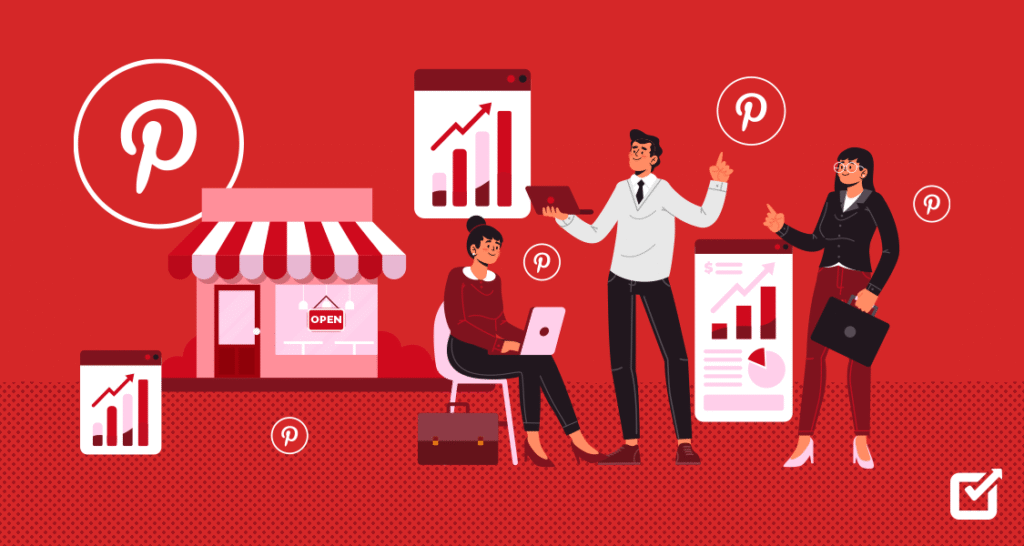
Pinterest is a game-changer for businesses willing to adapt. Unlike the fleeting nature of Instagram content, Pinterest pins have a long shelf life. A single pin can generate website traffic and sales for years, acting like a 24/7 salesperson that never asks for a raise.
- Evergreen Content: Pins continue to drive traffic long after they’re posted.
- Higher Conversion Rates: Pinterest users are three times more likely to make a purchase than users on other platforms.
- Sustainable Growth: Less time spent on content creation and engagement, more time for business development.
Getting Started: 5 Steps Pinterest Action Plan
- Set up your Pinterest business account and verify your website.
- Develop a board strategy based on your audience’s interests.
- Create visually compelling, keyword-optimized pins.
- Pin consistently using scheduling tools.
- Monitor your analytics and refine your strategy monthly.
By focusing on Pinterest, you’re tapping into a platform where users are informed to take action. You’ll spend less time fighting algorithms and more time growing your business.
Conclusion: The Future of Visual Marketing
Instagram isn’t going away, but its role in the marketing landscape has changed. For businesses looking to drive real results—website traffic, email signups, and sales—Pinterest offers a unique opportunity. The platform’s features are designed to help you succeed, and its evergreen content model means your efforts continue to pay off long after you hit “publish.”
Well, you don’t have to choose between Instagram and Pinterest. Many successful businesses use:
- Instagram for: Brand awareness, community building, behind-the-scenes content
- Pinterest for: Traffic generation, lead capture, sales conversions
They work together beautifully when you understand what each platform does best.
It’s time to embrace Pinterest strategy. Change your platform, optimize your content, and watch your traffic and sales grow—sustainably and with less effort than you imagined.
But if you’re feeling overwhelmed about where to start, you’re not alone. That’s exactly why Flowskape exists. We’ve helped businesses discover what actually works on Pinterest and specialize in turning confusion into clear, profitable action.
